Figma Config
Figma Config was a 24 hour (live!) virtual conference with an impressive lineup of speakers, space to ask burning Figma questions, and the opportunity to connect with other attendees from around the world.
For a few days every year, Google I/O takes over more than 10.5 acres within the Shoreline Amphitheater property in Mountain View, CA, bringing together over 10,000 developers from around the world. The event includes in-depth talks, immersive hands-on learning with Google experts, and an exclusive first look at Google’s latest hardware and software products and features. What makes the I/O event even more exciting? Its format.
To give developers the opportunity to experience Google’s new developer products in a memorable way, Google partnered with Sparks to create a dynamic outdoor festival environment designed to empower developers through content, access, connection, and excitement.
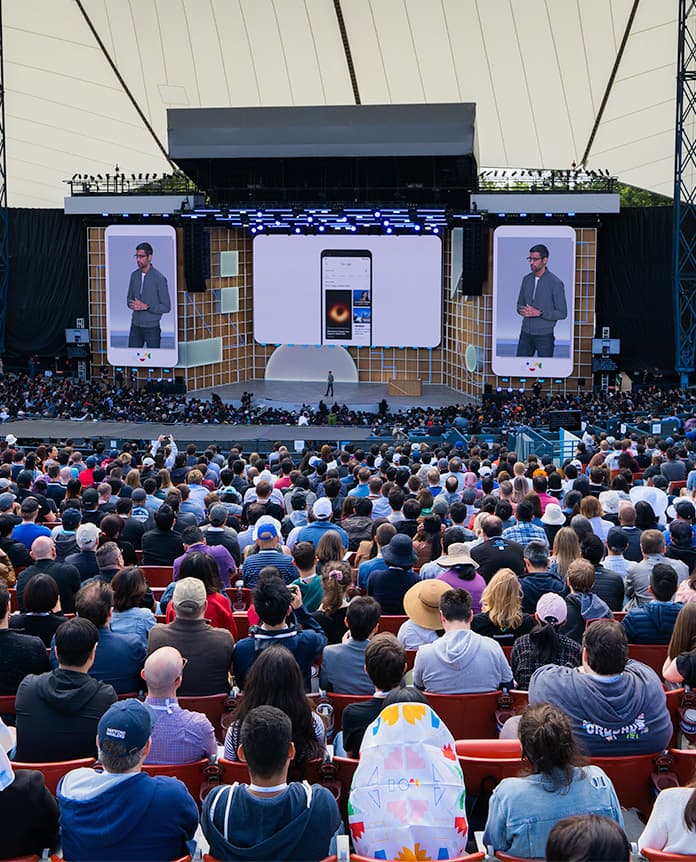
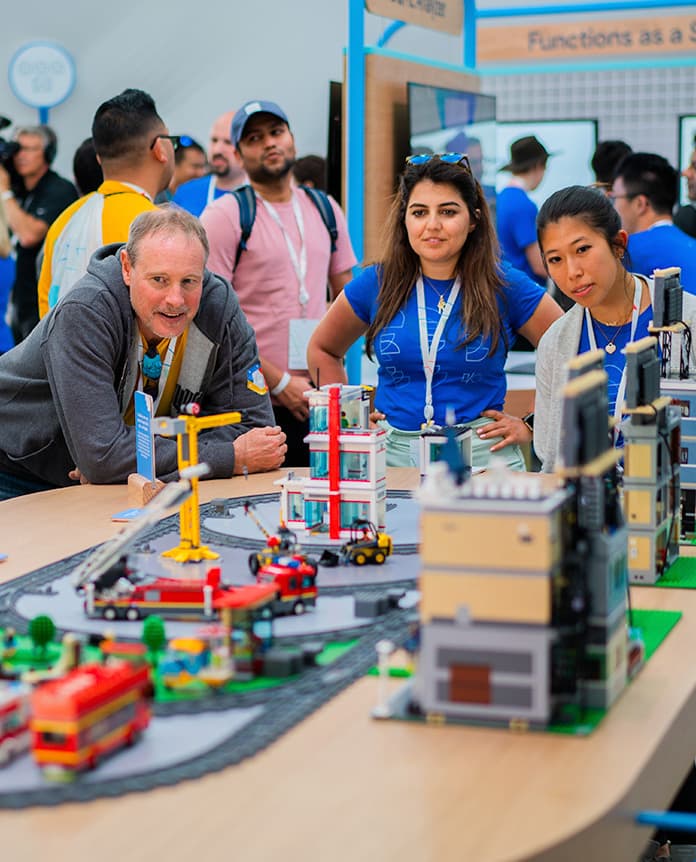
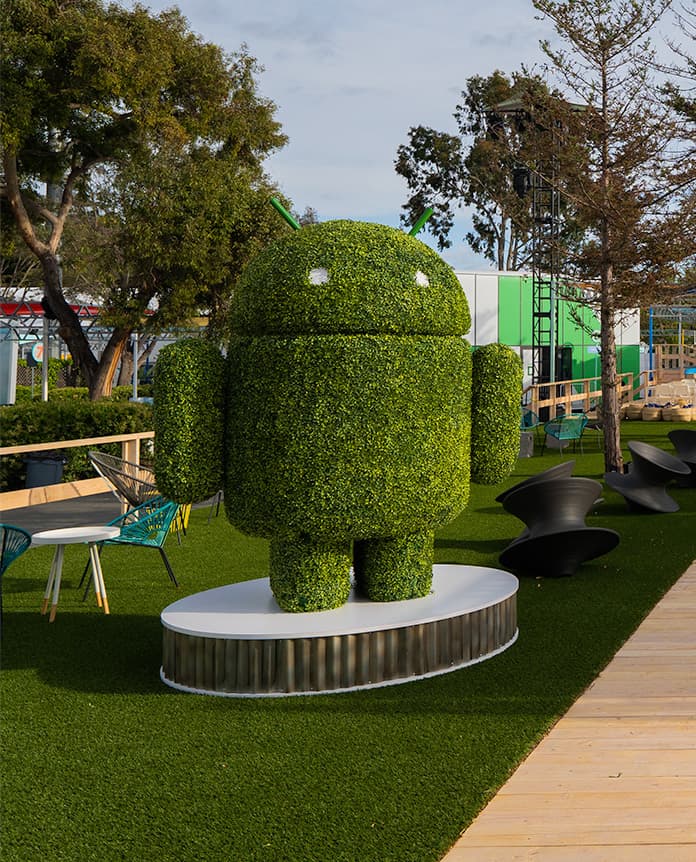
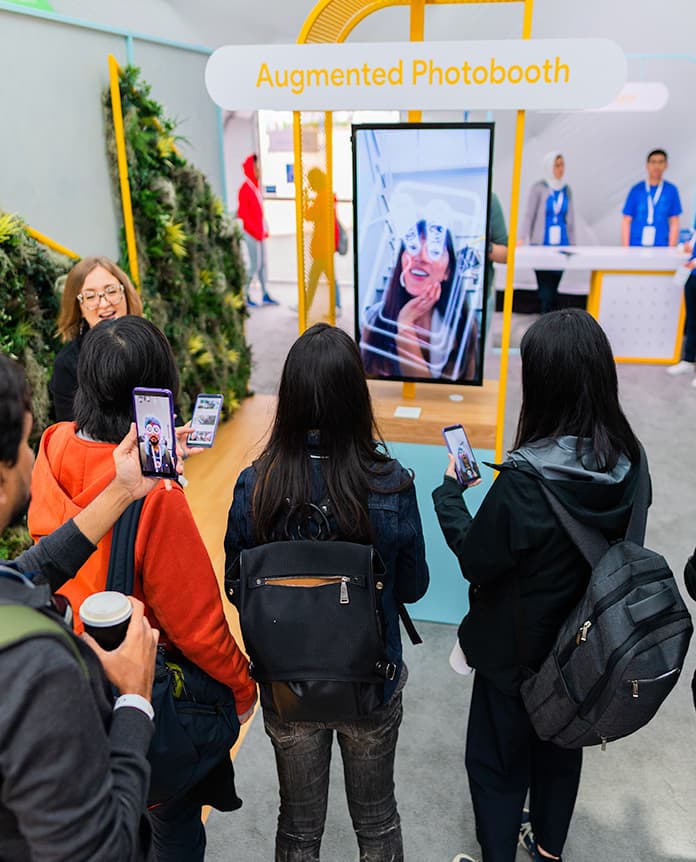
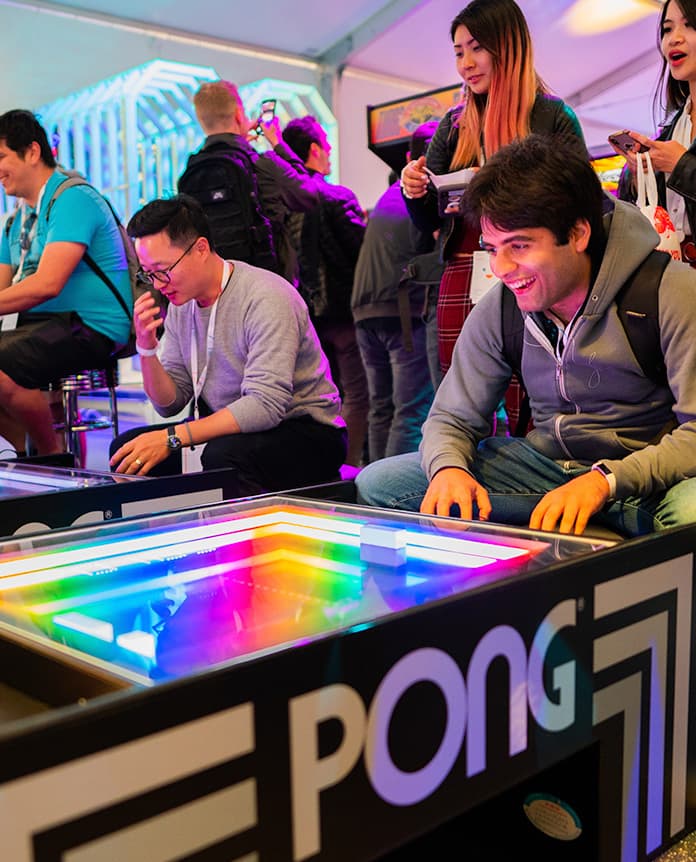


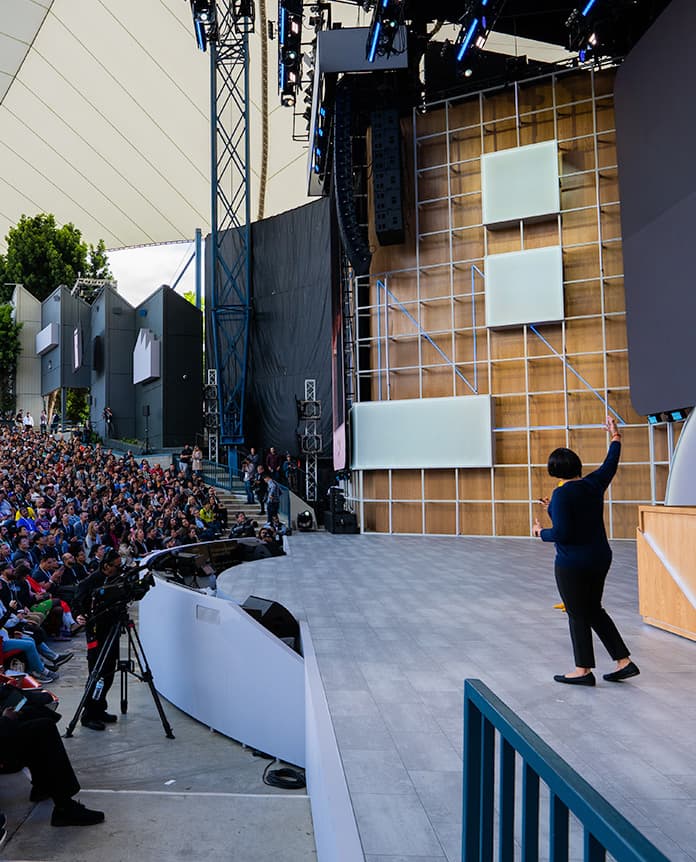
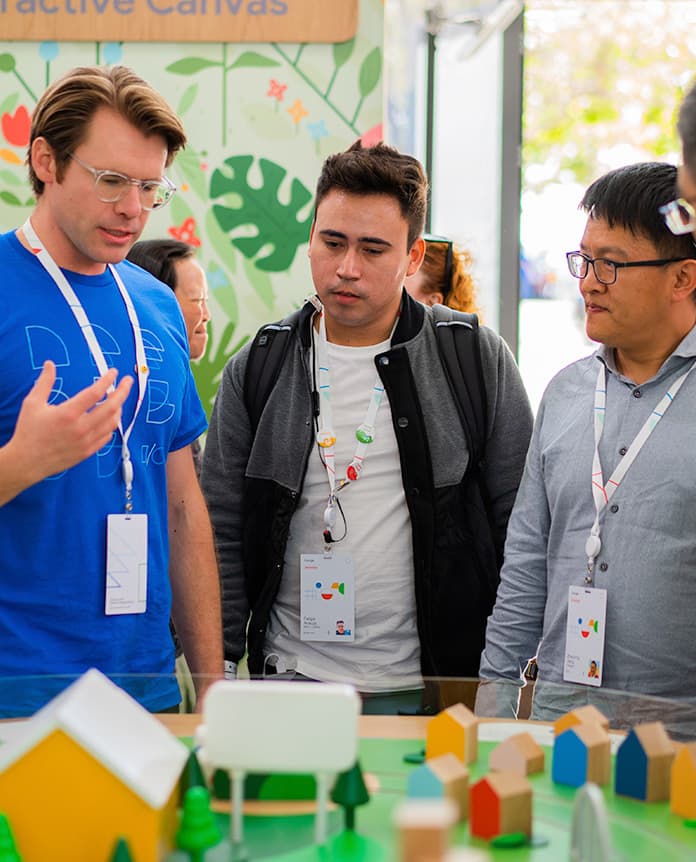
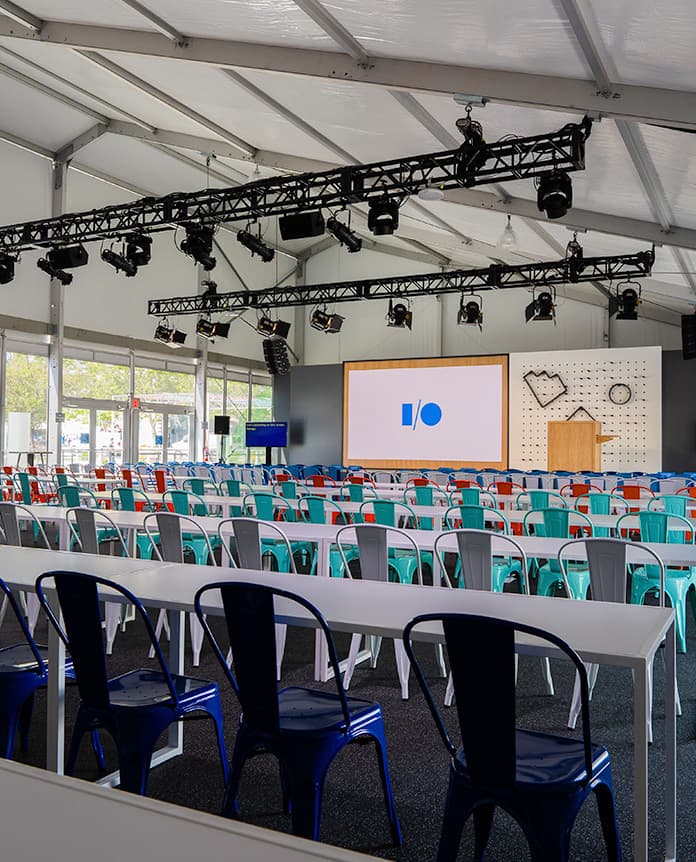
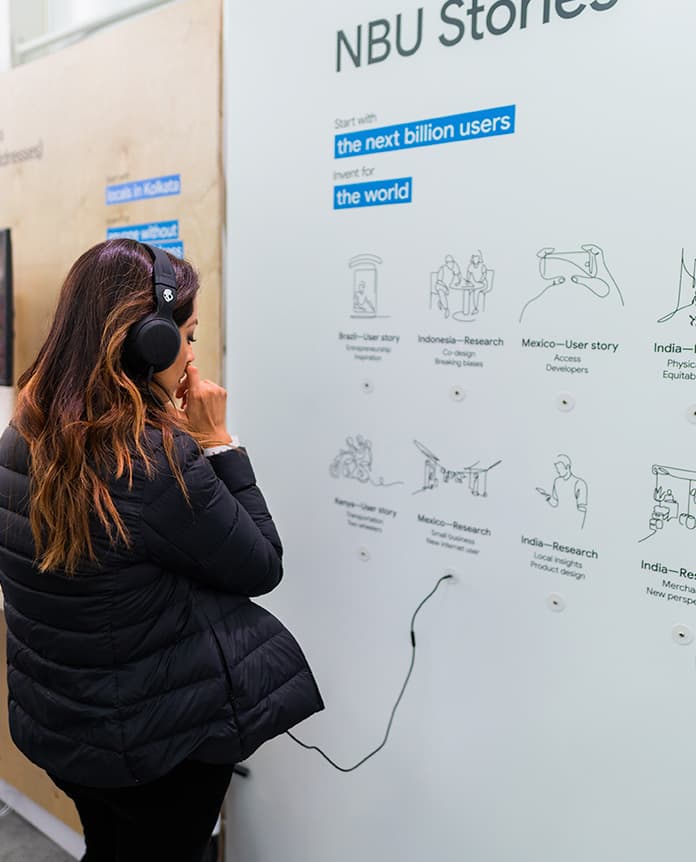
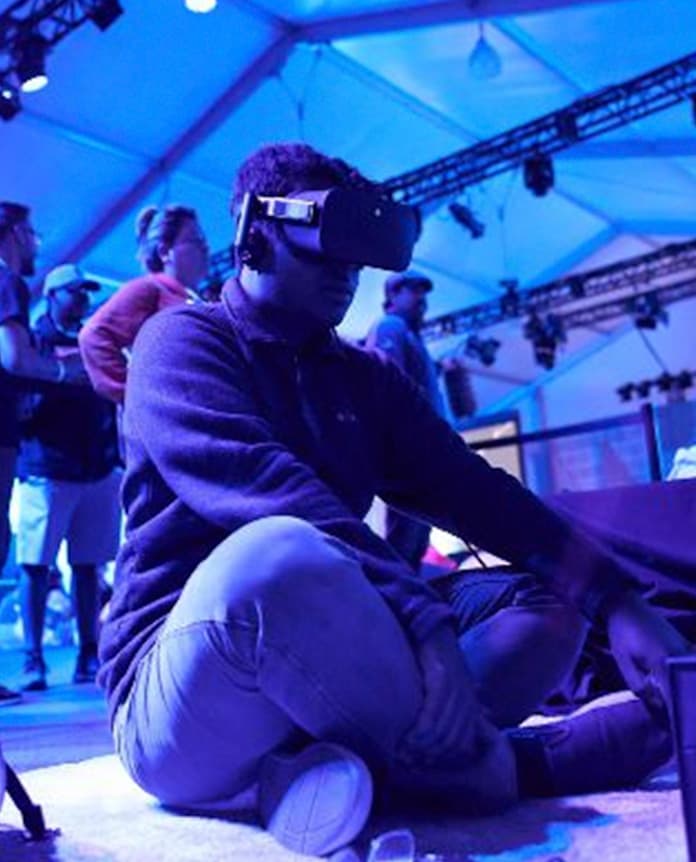
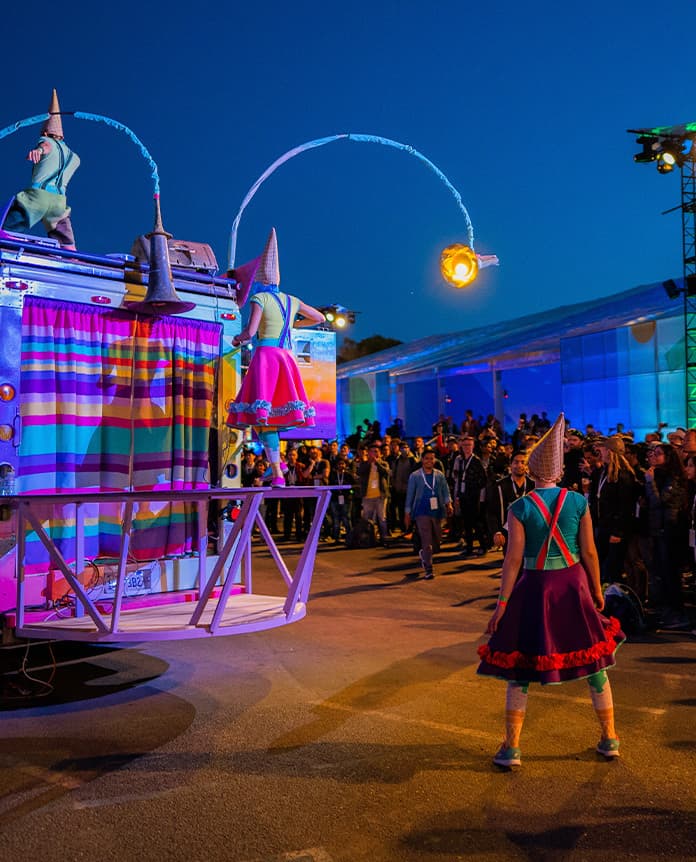
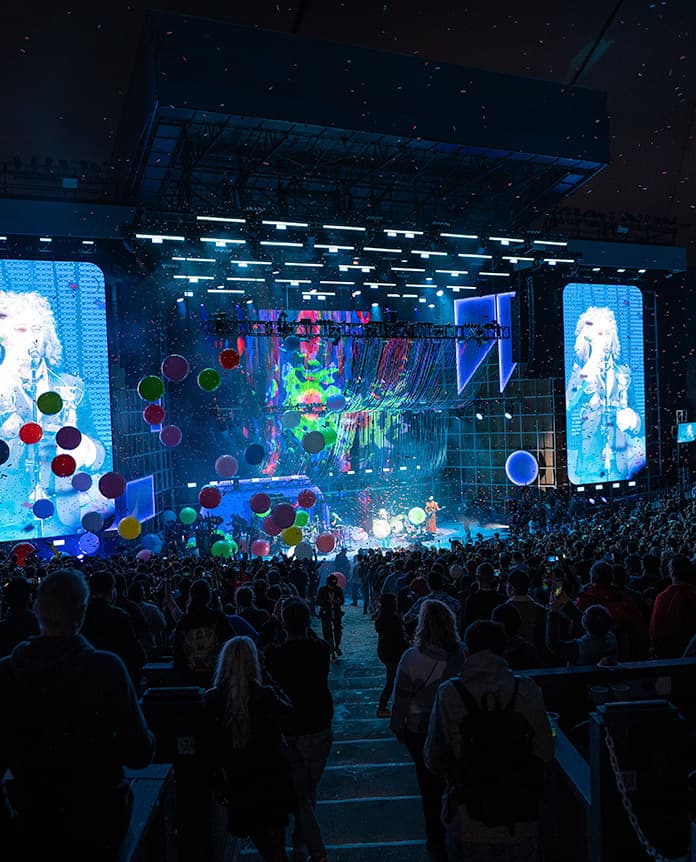
Exceptional work is more than just the banner we wave–it's our promise.
Figma Config was a 24 hour (live!) virtual conference with an impressive lineup of speakers, space to ask burning Figma questions, and the opportunity to connect with other attendees from around the world.
Experience Workhuman's Atlanta event - a captivating 72k sq. ft. space with product demos, activations, celebrity speakers, and more.